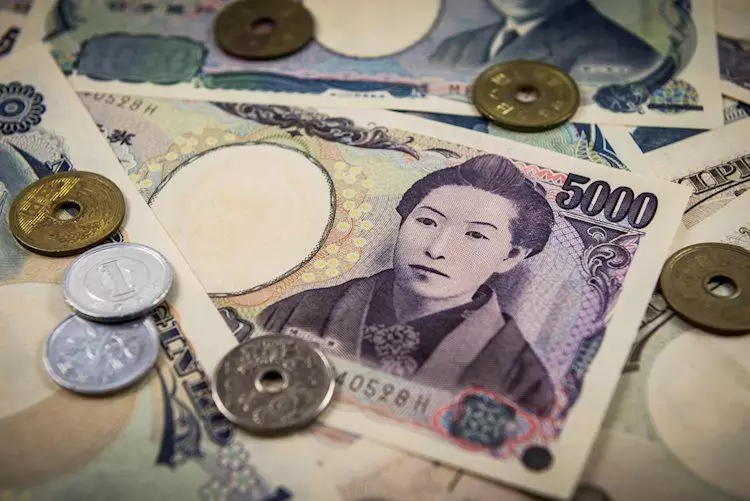The Japanese Yen has seen an increase in value as the government allocates a significant amount of funds towards energy subsidies. This move is expected to have positive impacts on the economy, potentially stabilizing certain sectors that rely heavily on energy consumption. However, challenges remain as weak Japanese manufacturing data has sparked speculation about the Bank of Japan delaying further rate hikes. This uncertainty could potentially lead to volatile market fluctuations in the near future.
On the other hand, the US Dollar has received a boost from improving Treasury yields. This has helped to strengthen the currency and maintain its position in the current economic landscape. However, data from the US Bureau of Economic Analysis shows that the Personal Consumption Expenditures (PCE) Price Index fell slightly short of expectations in July. This could indicate potential vulnerabilities in the US economy that may need to be addressed moving forward.
While Tokyo’s Consumer Price Index (CPI) has seen a year-on-year increase, with Core CPI also showing positive growth, Japan’s Unemployment Rate has unexpectedly climbed. This could be a cause for concern as it may indicate underlying issues within the labor market. In contrast, the US has experienced moderate inflation rates, with the Gross Domestic Product (GDP) growing at a healthy rate in the second quarter. However, Federal Reserve Bank of Atlanta President Raphael Bostic’s comments on potential rate cuts could signal a shift in the US economic landscape.
Looking at the technical analysis of the USD/JPY pair, it is evident that the market is currently in a bearish trend. The Exponential Moving Averages (EMA) and Relative Strength Index (RSI) all point towards a downward trajectory for the pair. Support levels for the USD/JPY pair are identified, with potential resistance levels also highlighted. This information can be crucial for traders looking to make informed decisions in the forex market.
Japan’s Finance Minister Shunichi Suzuki has highlighted the various factors that influence foreign exchange rates, including monetary policies, interest rate differentials, geopolitical risks, and market sentiment. This demonstrates the complexity of the forex market and the need for a comprehensive understanding of global economic factors. Uncertainty in these areas could lead to increased volatility in exchange rates.
The current economic situation in Japan and the US presents a mix of challenges and opportunities. While the Japanese Yen has strengthened with energy subsidies allocation, weak manufacturing data could impact future rate hikes. In contrast, the US Dollar is supported by improving Treasury yields, but concerns around inflation rates and potential rate cuts remain. Traders and investors need to carefully analyze these factors to make informed decisions in the ever-changing global economy.

